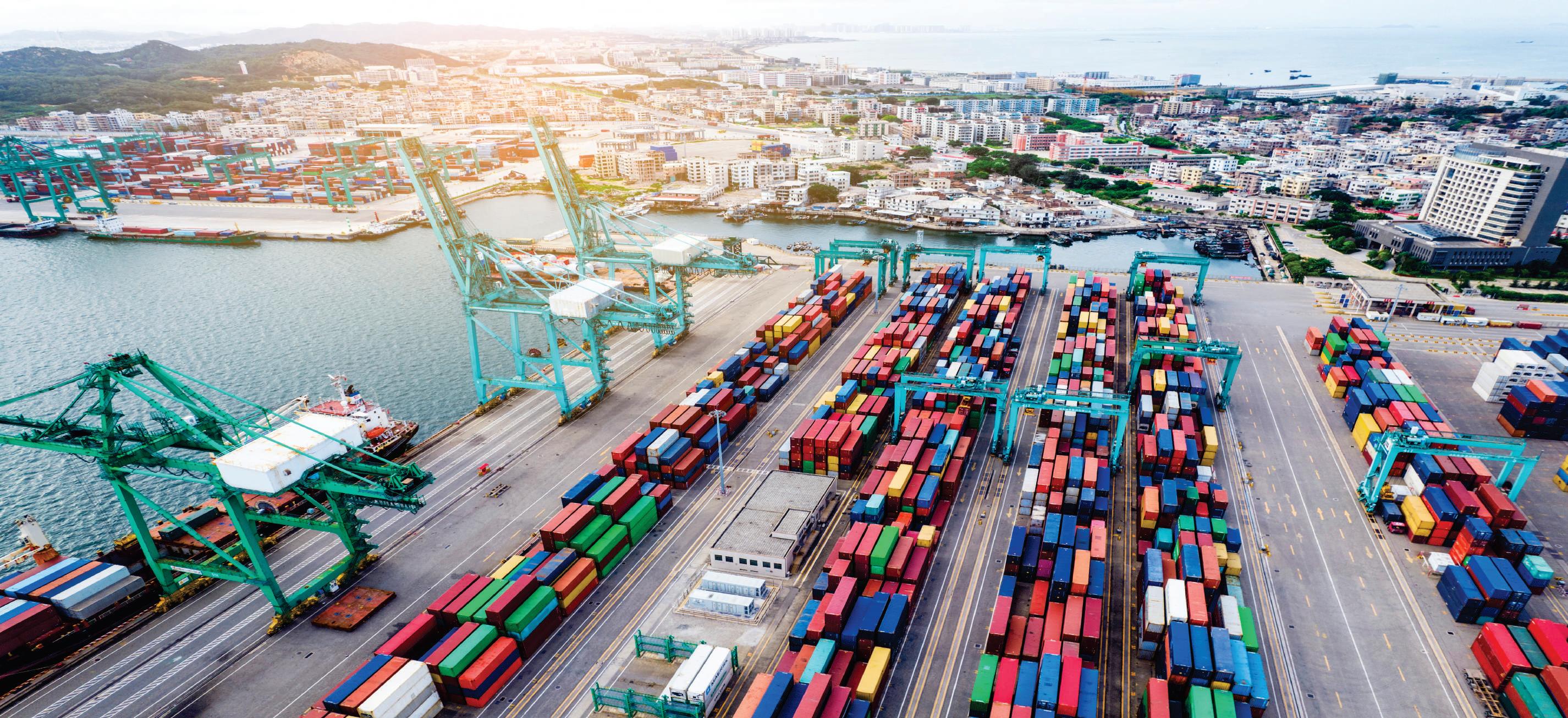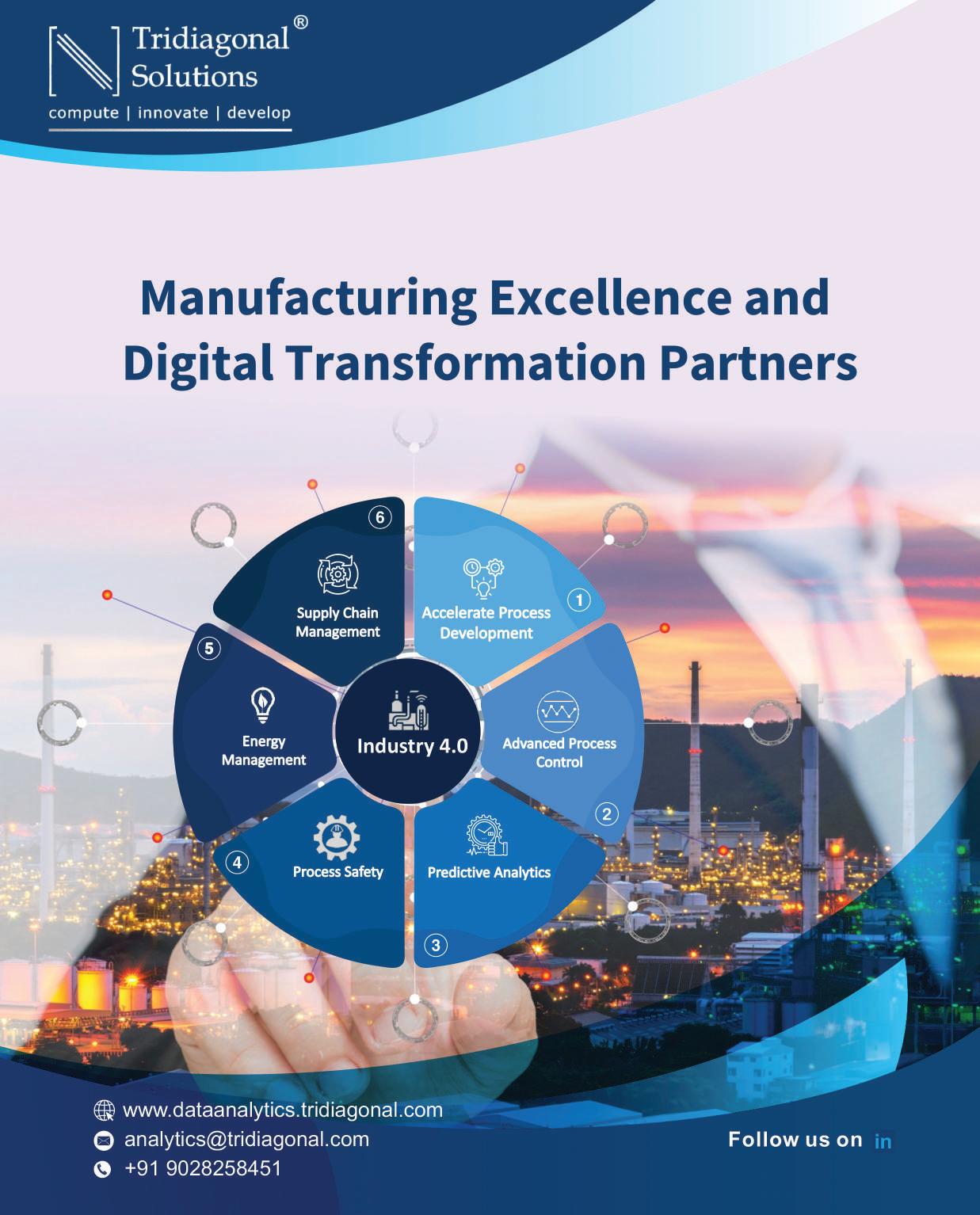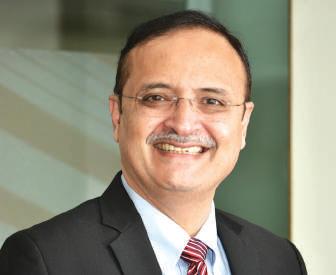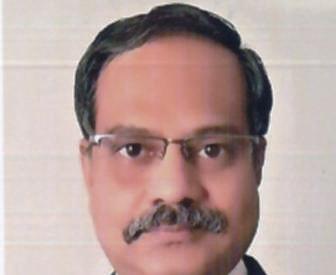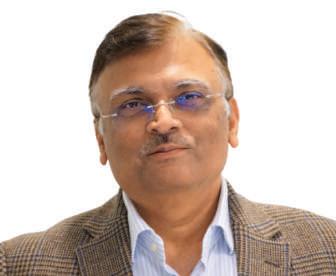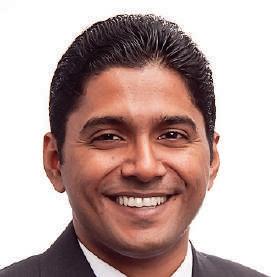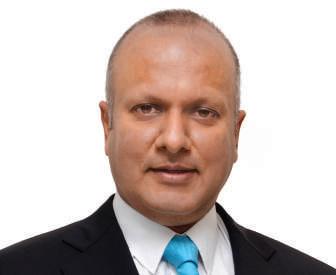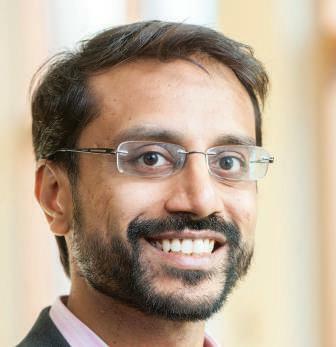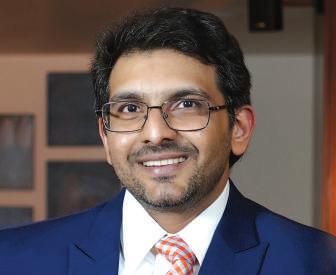[ 102 ]
|
INTERVIEW
EXPANDING TO MAKE 600,000 LITRES OF ETHANOL PER DAY The company plans to continue to expand in the business of making specialty chemicals in a wide range of end use applications
SAMIR S. SOMAIYA
CHAIRMAN & MANAGING DIRECTOR GODAVARI BIOREFINERIES LIMITED
How will biofuel, bio-CNG, and bio-electricity impact India and its economy in the long run? The current geopolitical turmoil has dramatically increased costs of food and fuel. In addition, the entire world faces climate change. India must address its energy security and finally being an agrarian nation with millions of small farmers, India needs to provide meaningful livelihoods to its population. This can be met with farmers growing crops for food and fuel. Renewable energy can help address these three challenges. India has an abundance of sunlight. This sunlight can help us generate solar power, but also help the crops we grow be a source of energy. Renewable energy, as opposed to energy derived from fossil fuels, helps combat and mitigate climate change. Sugarcane is one such crop. India makes more sugarcane than it needs for sugar. The government has recognized this sugarcane surplus as a source of energy. Energy from sugarcane comes to us in three forms - ethanol as a biofuel, bio-CNG, and bio-electricity. All three have tremendous potential to meet our energy needs for mobility as well as home needs. The government of India in June 2021
India has many other sources of biomass that can be used to generate compressed biogas. It is estimated that over 62 million tons of biogas can be produced from various renewable sources.
has articulated an aggressive and excellent roadmap for ethanol blending. That report is very comprehensive and very well articulates the steps that need to be taken to take this opportunity forward. In fact, the government has advanced the target date for 20% ethanol blending from 2030 to 2025. The government is also encouraging the conversion of grain to ethanol, knowing fully well, that the total ethanol demand will exceed 15 billion litres (across all applications in 2025). Of these 15 billion litres, 10 billion will be used as a fuel. The future will still require higher ethanol blending and energy self-sufficiency. The government is already piloting E100 as a fuel, and is asking the automobile manufacturers to make flex fuel cars. India has many other sources of biomass that can be used to generate compressed biogas. It is estimated that over 62 million tons of biogas can be produced from various renewable sources. Through the SATAT programme, the government has set an aggressive target to produce 25 million tons of biogas by 2025 meeting 40% of India's gas requirement. Every sugar mill makes surplus electricity as it generates steam to meet its process needs. This electricity is exported to the grid, and can be used to meet the growing power needs of the country, and be a source for mobility as cars move towards electric vehicles. Every sugar mill generates electricity as a co-product by using efficient high pressure boilers and turbines. Each sugar mill can export about 30 kwh/ton crushed of electricity while crushing cane (excluding saved bagasse). 320 million tons of cane will mean 9.6 million mwh of electricity. An electric car can give a mileage of about 7 km/kwh. This equates to about 67 billion km of distance traveled. Petrol gives on average 10 km/l. This translates to 6.7 billion litres of petrol saved

